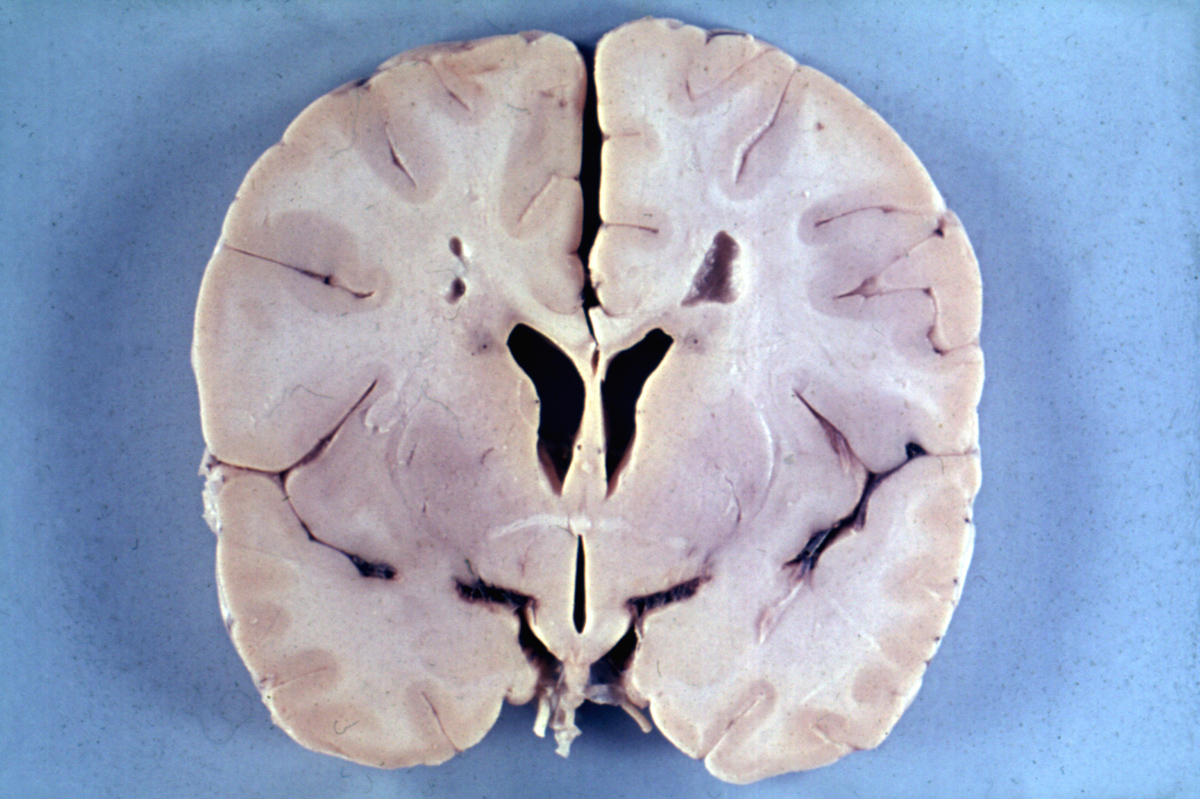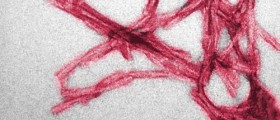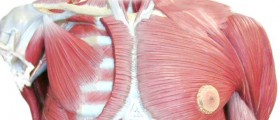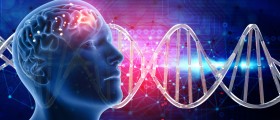
Alexander disease is a rare, progressive and fatal disease that affects nervous system. The disease is named after Dr. W. Stewart Alexander, who first described the condition in 1949. Alexander disease is usually presented during infancy or early childhood, but may also occur much later in life. Depending on the onset of the symptoms, Alexander disease is divided into three categories: infantile, juvenile and adult. Infantile form of the disease is the most common and accounts for about 80% of the cases. Approximately 14% of affected individuals have juvenile form while adult form is very rare.
Alexander disease belongs to a group of leukodystrophies diseases that result from abnormalities in myelin. Myelin is the “white matter” in the brain that provides covering that insulates nerve fibers and promotes rapid transmission of nerve impulses. In patients with Alexander disease, myelin deteriorates leading to impairment of the nervous system functions. The condition is quite rare and only about 200 cases have been reported since 1949.
Cause of Alexander Disease Alexander disease is caused by mutation in the glial fibrillary acidic protein (GFAP) gene on chromosome 17. GFAP gene gives instruction for production of glial fibrillary acidic protein that supports cells by forming intermediate filaments. In case of GFAP gene mutation, the protein is structurally altered and results in formation of Rosenthal fibers that impair cell function. This mutation is usually not related to family history of the disease. Also, mutations of GFAP gene are not found in all cases of Alexander disease meaning that the disorder may be related to other genetic or non-genetic causes. .Symptoms of Alexander DiseaseOnset of the symptoms of infantile form of Alexander disease is usually between 6 months to 2 years of age. This form is characterized by progressive physical and mental developmental delay. The symptoms typically include enlarged brain and head size (megalencephaly), seizures, stiffness in the arms and legs (spasticity), seizures, quadriparesis, feeding problems and poor coordination (ataxia). Build up of fluid in the brain (hydrocephalus) may also sometimes occur. Juvenile form of Alexander disease has the onset between the age of four and early adolescence years. Common symptoms of this form of the disease are speech abnormalities, swallowing difficulties, frequent vomiting, poor coordination, seizures, spasticity, breathing problems, gradual intellectual decline, and megalencephaly. The adult form is the least common form of Alexander disease. The symptoms are similar to those of multiple sclerosis.
Diagnosis and Treatment of Alexander Disease
Alexander disease is diagnosed based on radiological findings such as MRI and CT scan, and head ultrasound. Genetic test is also usually ordered if the symptoms are present. The disease is incurable but the treatment is systematic and supportive. That includes antibiotic therapy, anti-epileptic therapy, surgical treatment and physical, occupational and speech therapy.

















Your thoughts on this
Loading...